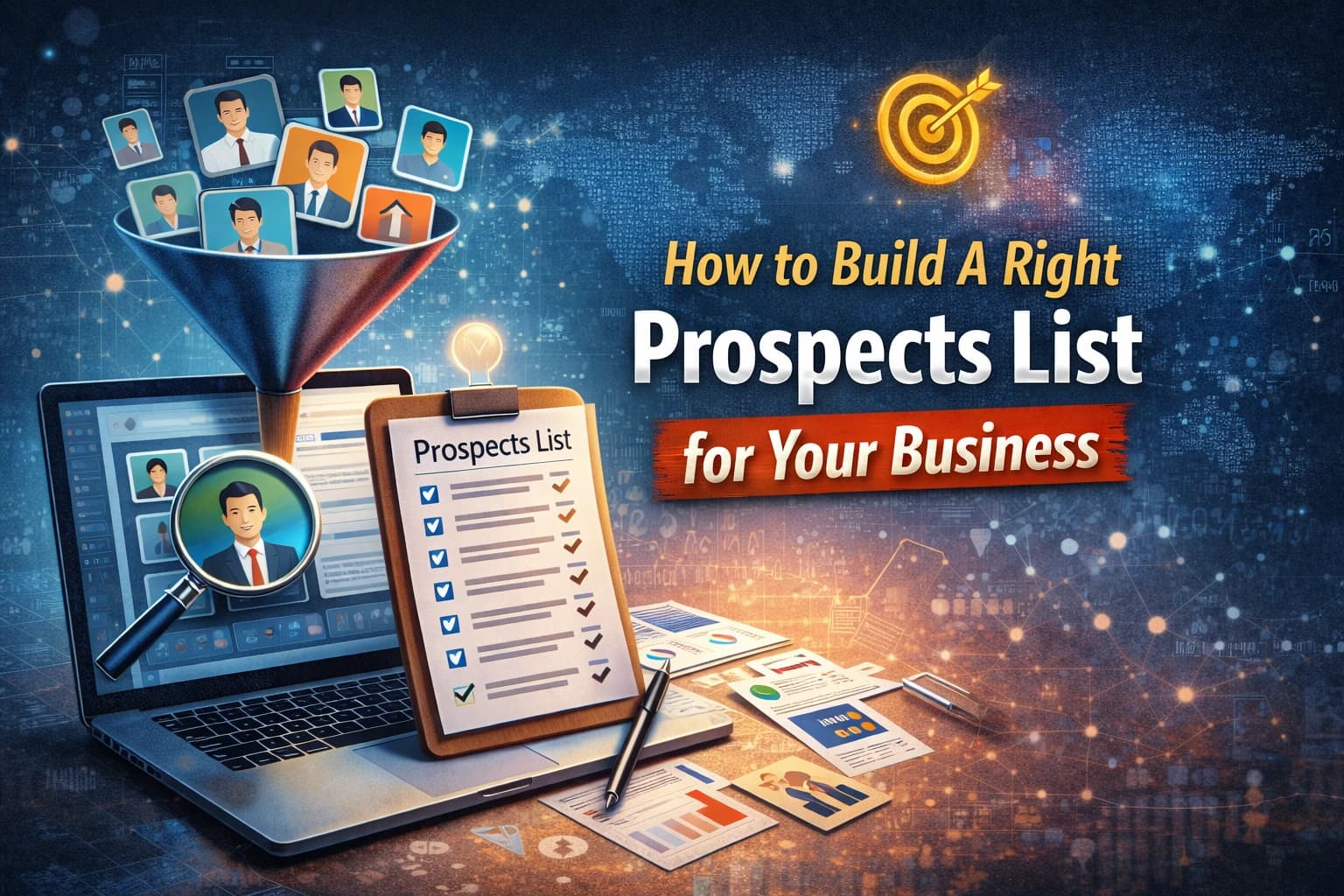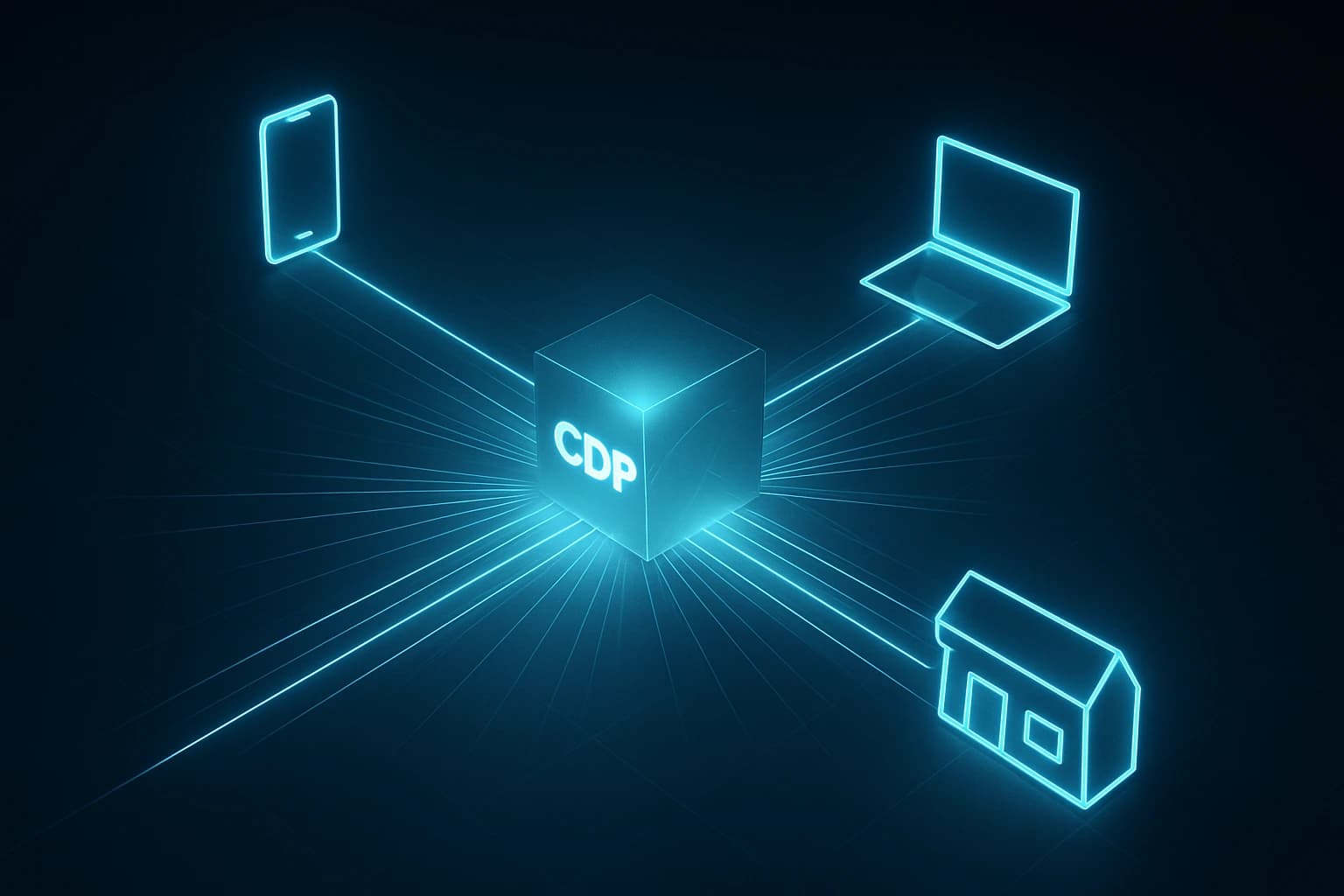In our previous blog post, we learned how to build a customer profile database and the challenges involved. Taking off from there, today I shall explain how to make a prospect list.
Definition: A prospect's list is a list of people or companies most likely to benefit from the products or services offered by you or your company. In fact, the very word ‘prospect’ means just that – a list of “prospective” clients. Such a prospect list is significant in establishing a solid customer base, because from then on, you will need to effectively try to turn each of them, whether a company or an individual, into a customer. The question to ask when drawing up such a list is: What is my potential market? Or who needs my product? From Prospect to Lead to Sale is the journey.
Source potential clients from: Unlike some other lists, building a customer list cannot be done on autopilot mode. Such a list has to be painstakingly drawn up. It will have the contact details of potential clients. And once the list is ready, the process does not halt there. List building is a continuous process; you need to update it frequently, and list cleaning is a must for the overall hygiene of your business. You also need to keep growing your list organically, which means nurturing your leads.
You can scout for potential clients from a variety of sources – Inorganic search, PPC, CPM, social media, even emails, and so on.
Know how to build a Customer Profile Database. Identify all your customer touchpoints and consolidate the data >>>> Speak to Our Experts
Some of the other avenues are:
Referrals: Word of mouth. Your existing customers may have talked about your product or service to others, so get a load of such contacts.
Real-world networks: Social media is great, but people whom you’ve connected with at industry events are also prospects.
Website traffic: People who access your company website and show interest in your offerings must have a signup form ready, or, in turn, be contacted to understand their requirements.
Your team will need to monitor the customer database to:
- Source the keywords searched, or the products, categories, and styles browsed by potential customers
- Search social media signals to update the profile of the prospects
- To open and select the profile of each prospect or customer segment, and map the list to the suitable profile targeted
Remember, the process may be pretty intense and time-consuming, but after all, a good prospects list is the differentiator between a successful and failed customer acquisition campaign.
As the first step, put together your prospect list, either by building a new campaign or by using a previous, relatively successful marketing campaign. The aim should be to accurately target the “right” kind of customer profiles, otherwise known as “good prospects”. Also, do not forget to review your customer profile base, which should be ready by the time you come around to making a prospect list for your business, and scout for prospects there, too.
A “perfect” prospects list is where you have potential clients who match your ideal prospect profile. To get a clear picture of your average customer, look at your existing client base and identify what they have in common – that’s a good way to start. Examples: your existing clients have identified a need for a product or service, or they hail from a particular geo-location, a particular industry, or are companies of a specific size.
The information you gather in this way provides invaluable insights into your key prospects. Once you have that, you can analyze which of them needs nurturing over the longer term. By prioritizing your prospects, your team can also know where to focus attention in the short and long term.
Ready to transform your customer profiling with machine learning? >>>>> Speak to Us
Before ending, there’s one last thing you need to do. To make prospect list building even more accurate, offer your potential clients something in return for their data. On social networks, for example, you can offer them valuable tips or insights in exchange for signing up for your newsletter. At real-world events, give away copies of an e-book & do the same as a freebie to encourage your website visitors to sign up via a landing page.
In the next blog post, I shall discuss the value of a rules engine and how to build one.


